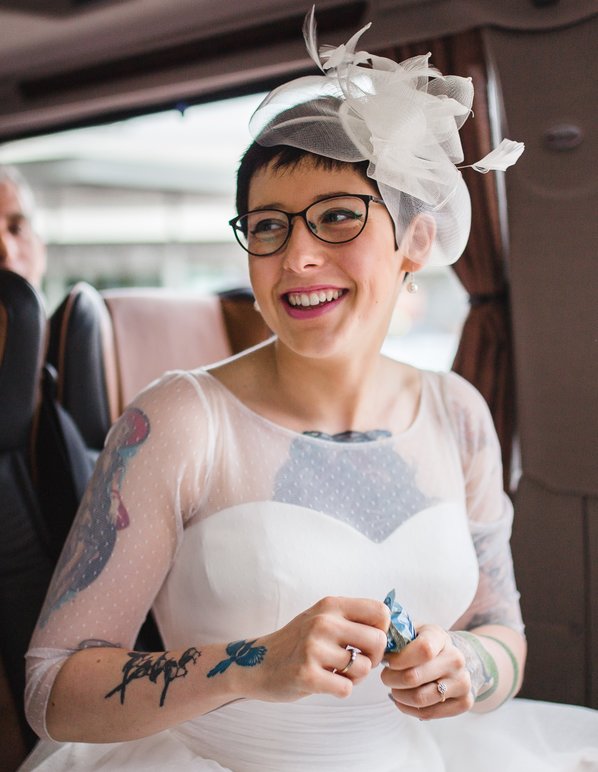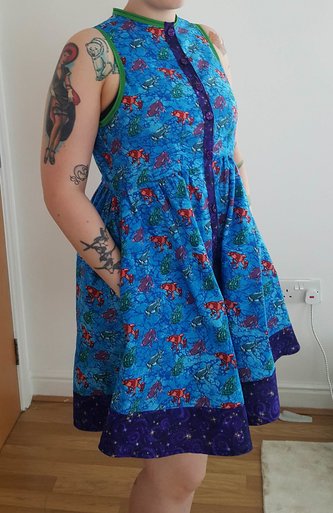
Laura is a student at DICE, University of Kent, pursuing her PhD. She is investigating how the design and evaluation of wildlife trade demand reduction campaigns by non-profits can be improved. As a part of this, she is also working to develop a standardized impact evaluation protocol for public service announcements (PSAs) aimed at demand reduction in the wildlife trade.
Laura is also one of SCB’s 2017 Graduate Student Research Fellowship award winners. This award supports field work, including travel, materials or equipment, required to conduct research by graduate student members.
It is thanks to our members that SCB can support students doing such important work to advance the science and practice of conserving Earth’s biodiversity.
SCB held a Q&A with Laura to learn more about her and her research.
Tell us a little bit about yourself.
I’m currently a PhD student at DICE, University of Kent. I study behaviour change for demand reduction in the wildlife trade – i.e. how can we get people to stop buying things like rhino horn and ivory. (Spoiler: it’s really hard.) During my PhD I’ve worked as a consultant for TRAFFIC Viet Nam, looking at the motivations for wildlife use in Vietnam. Prior to this, I examined the use of psychological insights for conservation marketing techniques.
I grew up on a council estate so am passionate about outreach. I’m an active ambassador for the University of Kent, which involves supporting 6th form students in their application and transition to university and developing my own taster sessions for conservation. For example, in June I’ll be working with over 400 year 8 students for a research skills day, where they will come up with their own solutions to the wildlife trade and pitch them to an academic “funding panel”. I’ve also organized a public engagement competition for research students, with the goal of bridging the gap between academia and the local community.

Where could we find you on any given Saturday? What do you like to do in your free time?
At my sewing machine! I spend most of my free time (and money) making my own clothes and quilting. This Saturday just gone I finished a quilt made from Ugandan fabrics a friend brought back from her fieldwork. As a conservationist, my favorite fabrics to make clothes out of obviously have animals on them. I’m also experimenting with painting on fabric to create wearable art.
What are three things you always carry with you when in the field?
1, 2 and 3 are all my Kindle. I once broke one in the middle of nowhere in Thailand, and managed to get Amazon to ship me a new one free of charge. I even have it tattooed on my thigh.

Why did you decide to study conservation biology? What was your path that led you here?
Humans are fascinating but our behaviour is often deeply troubling to the natural world, so for me conservation social science is the perfect blend of interesting and applicable. I started off doing a religious studies degree, but quickly became frustrated at the lack of real world relevance in most of my classes. Feeding the ducks was my favorite part of being on campus, so I switched to animal science. The course had good links with industry, and being able to apply concepts learnt in the classroom was very engaging.
What do you love most about what you do?
It’s a toss-up between knowing what you do will (hopefully) make an impact in the world, and getting to work with a lot of creative, intelligent people. I also work in outreach programs, and I particularly love using my conservation experiences to engage schoolchildren with the environment and higher education.